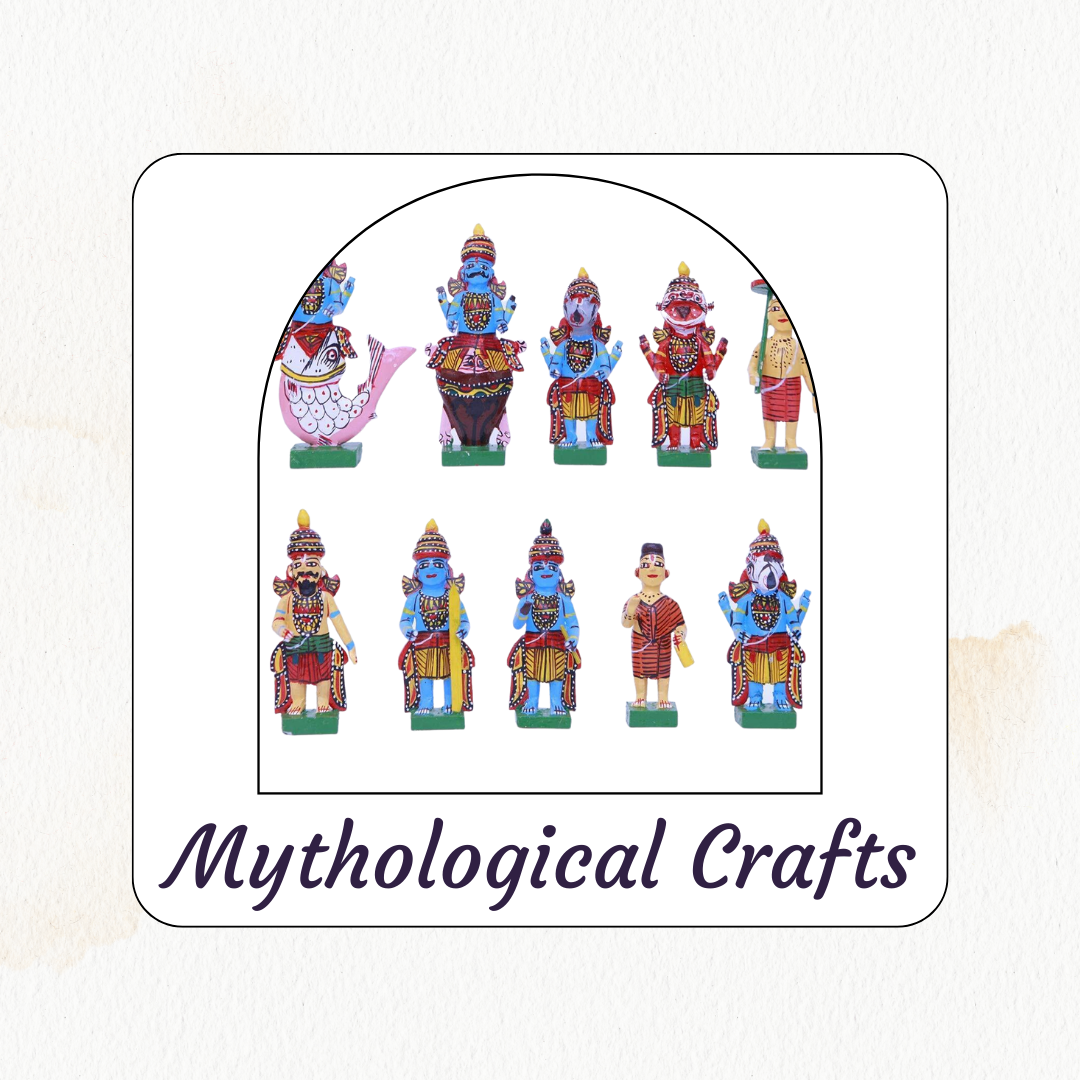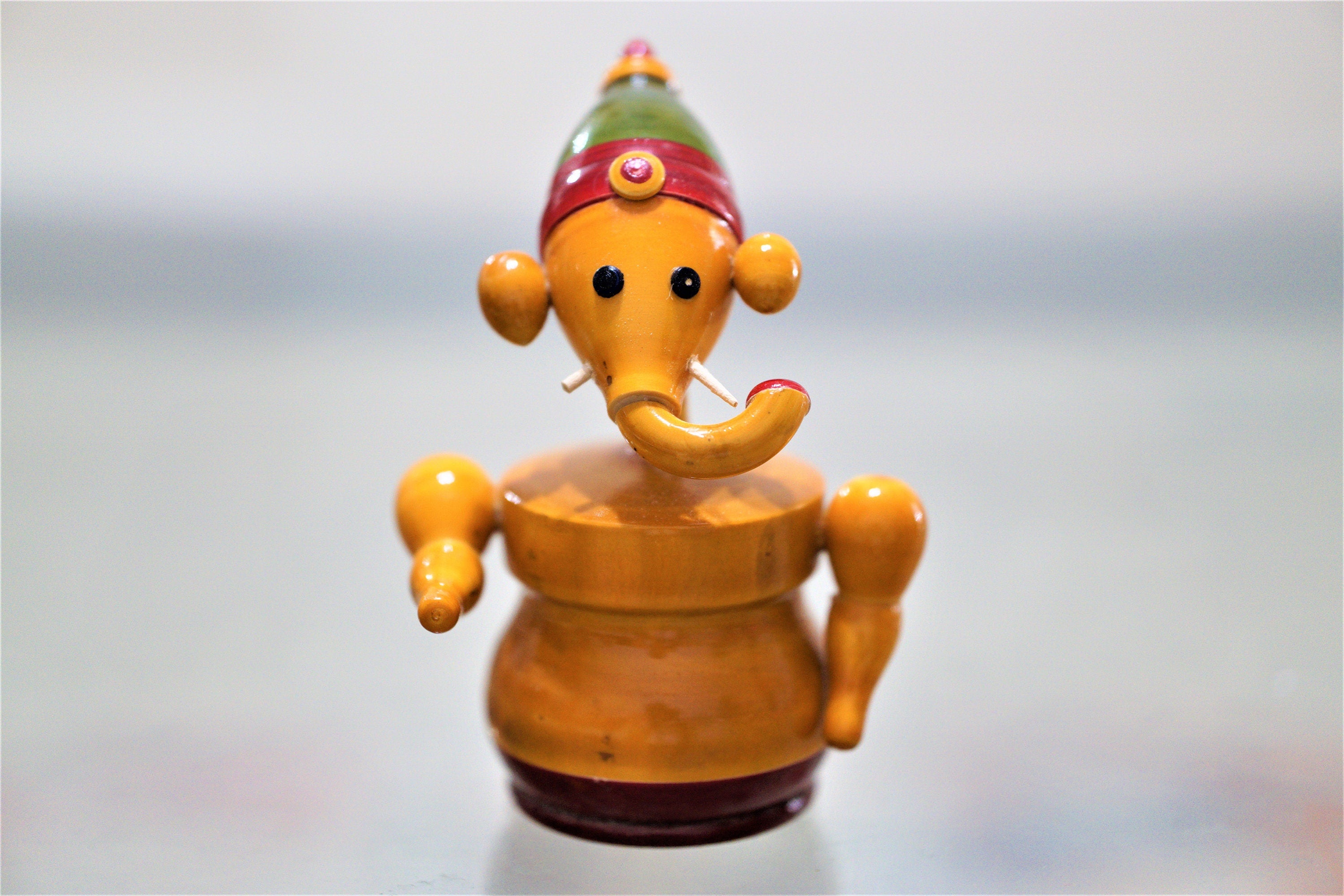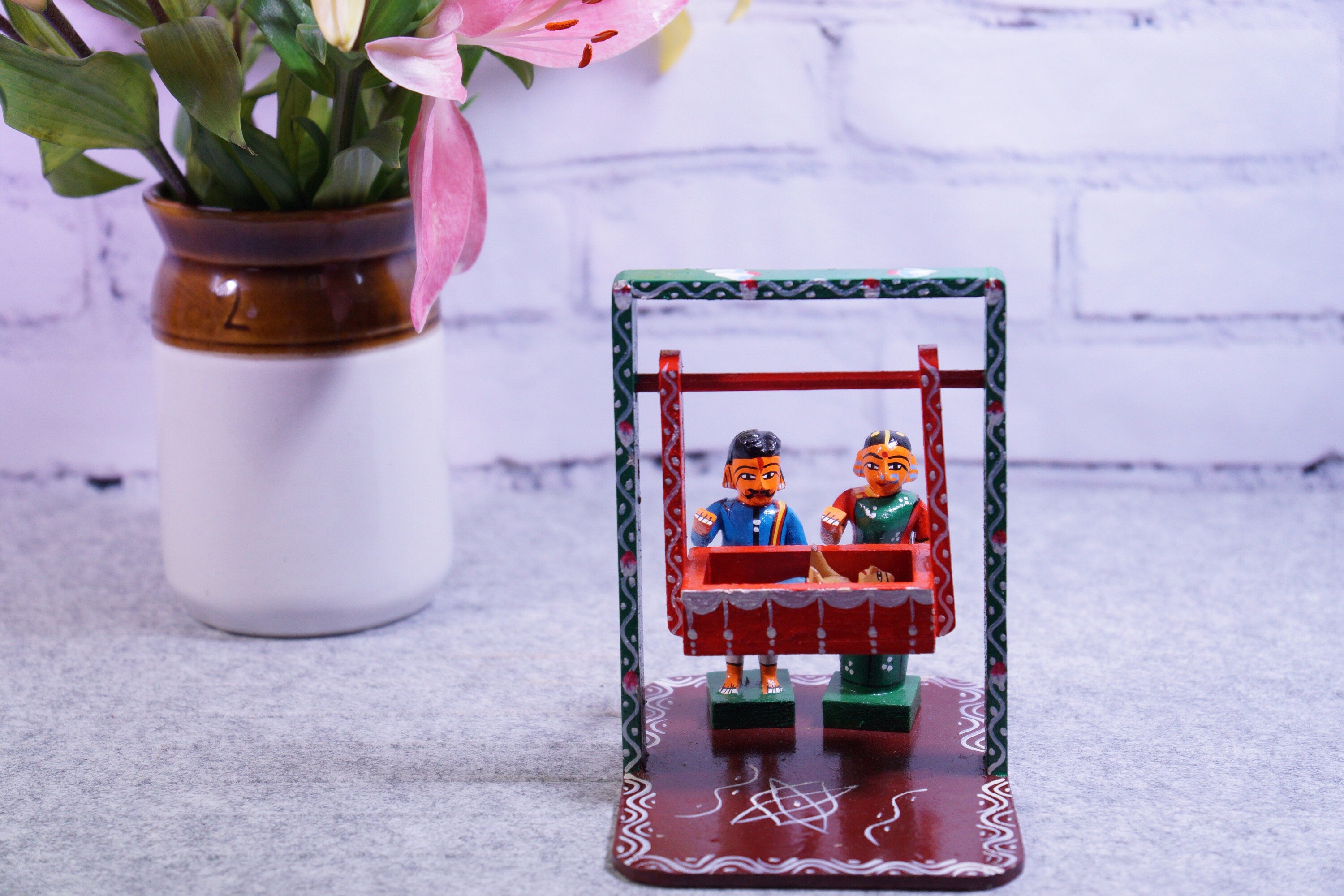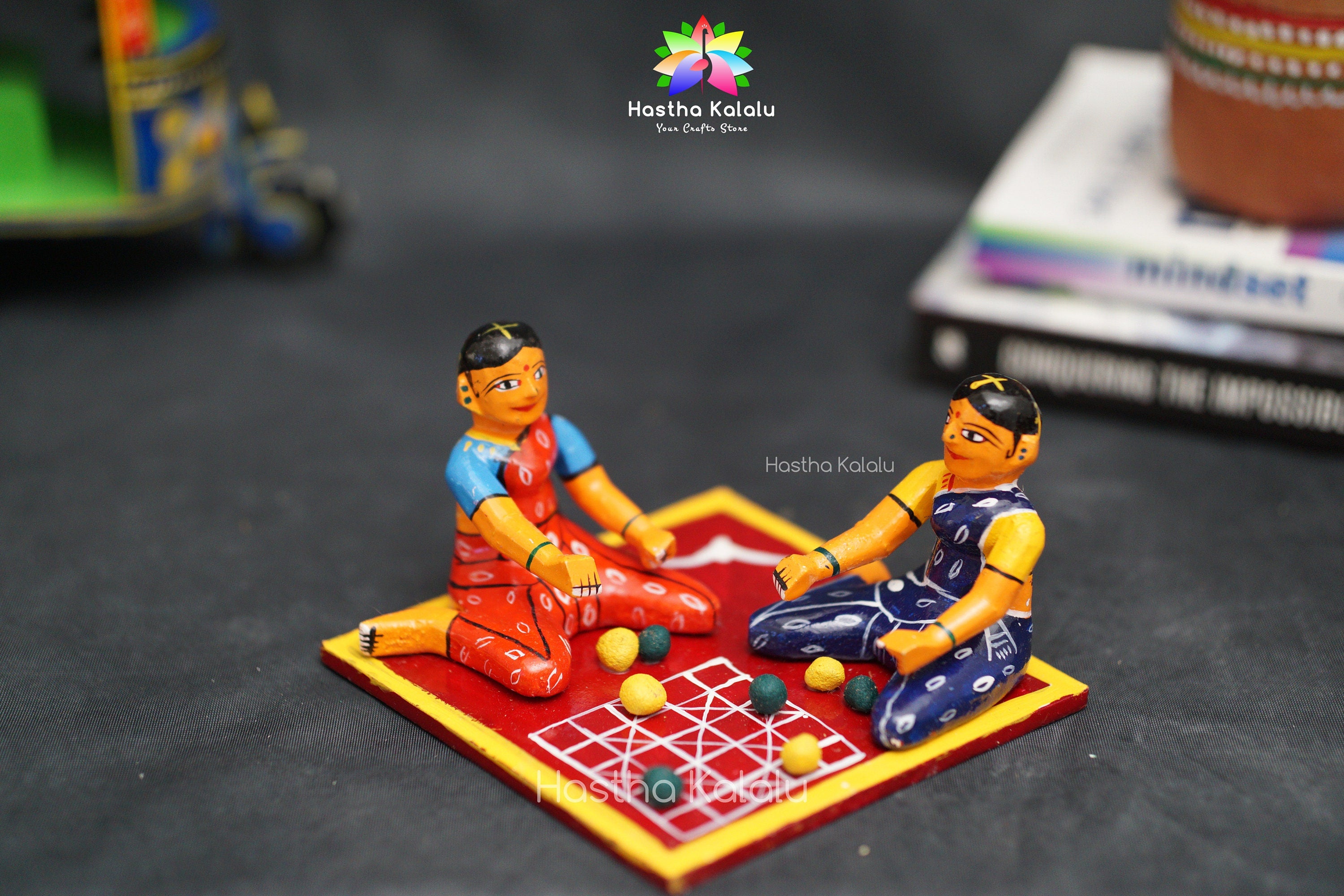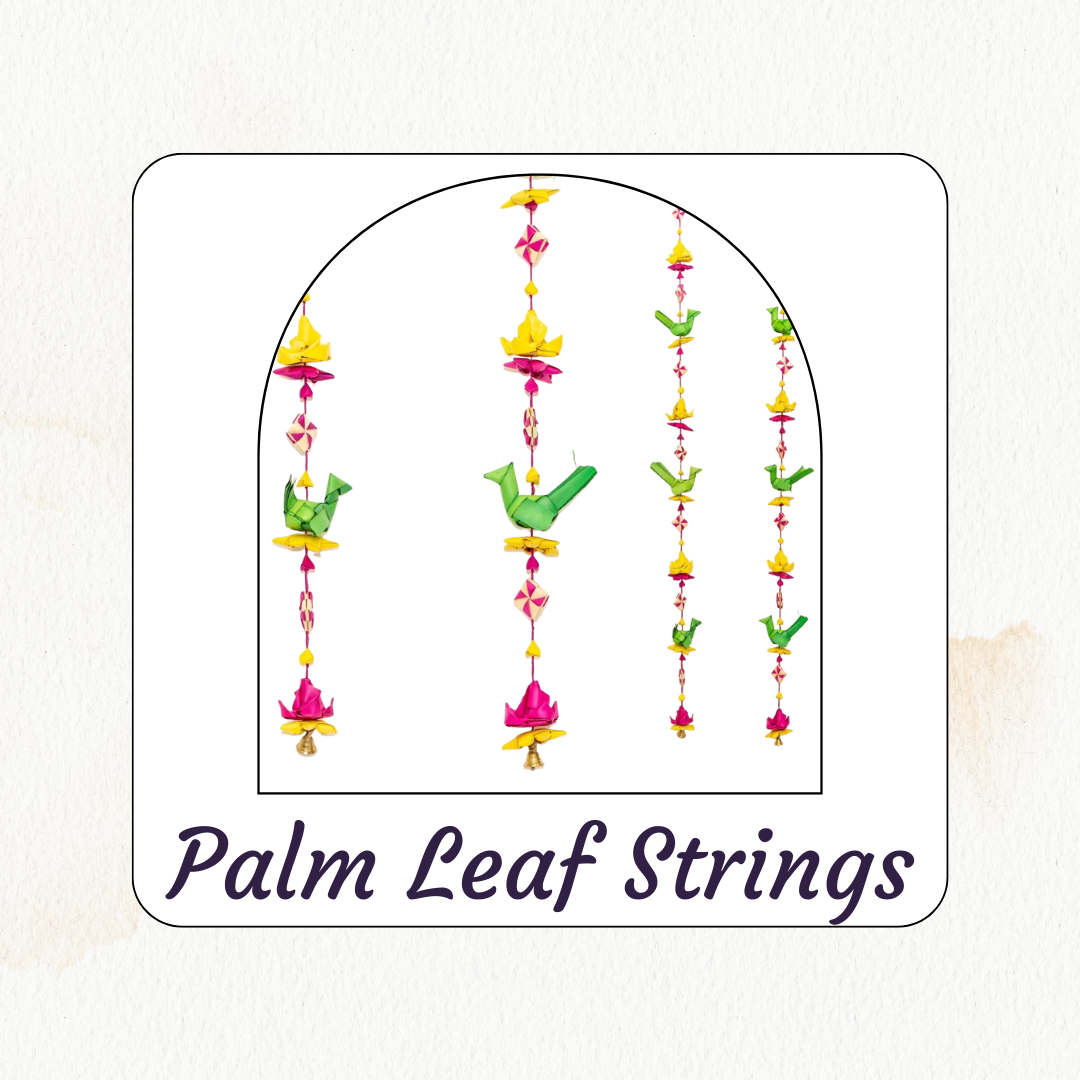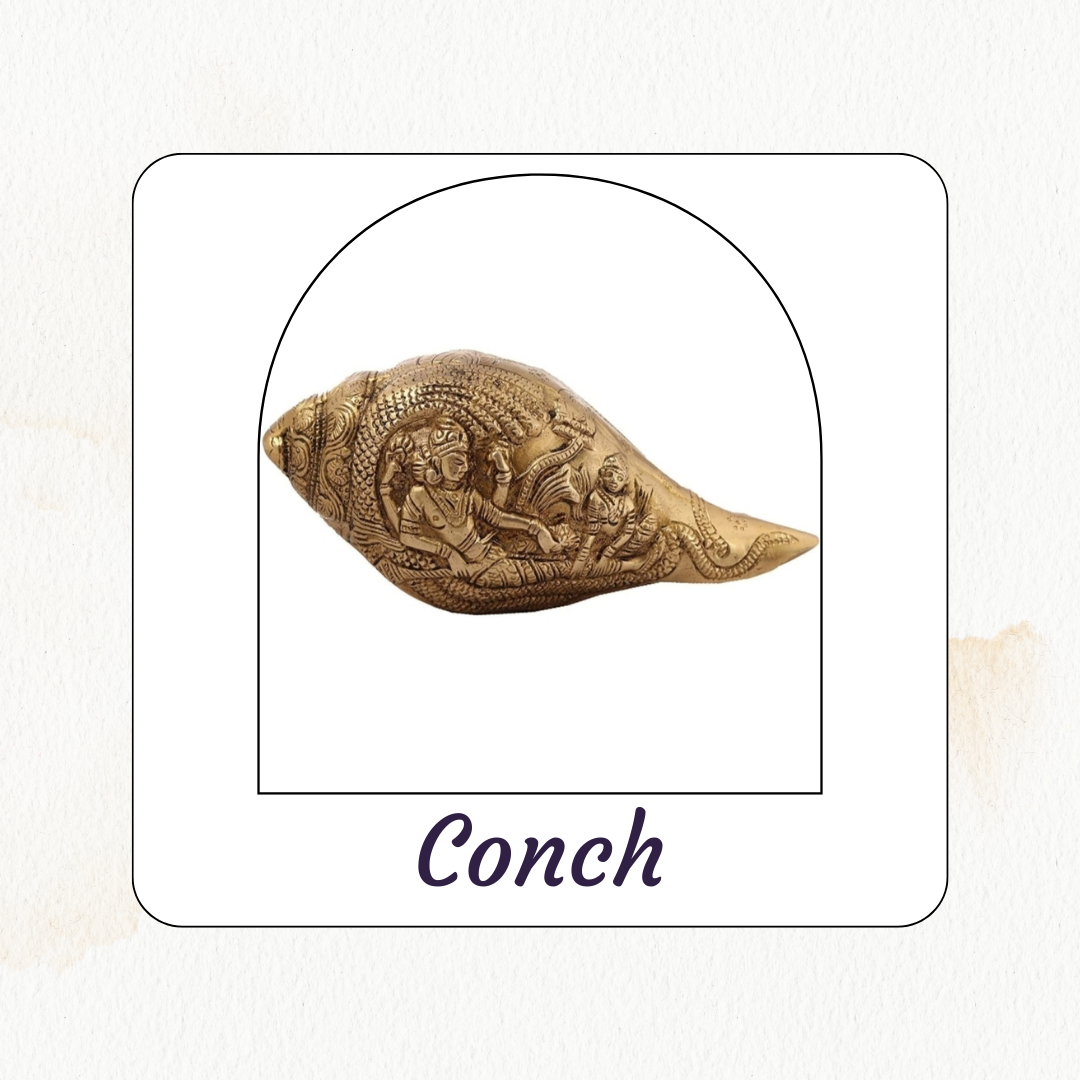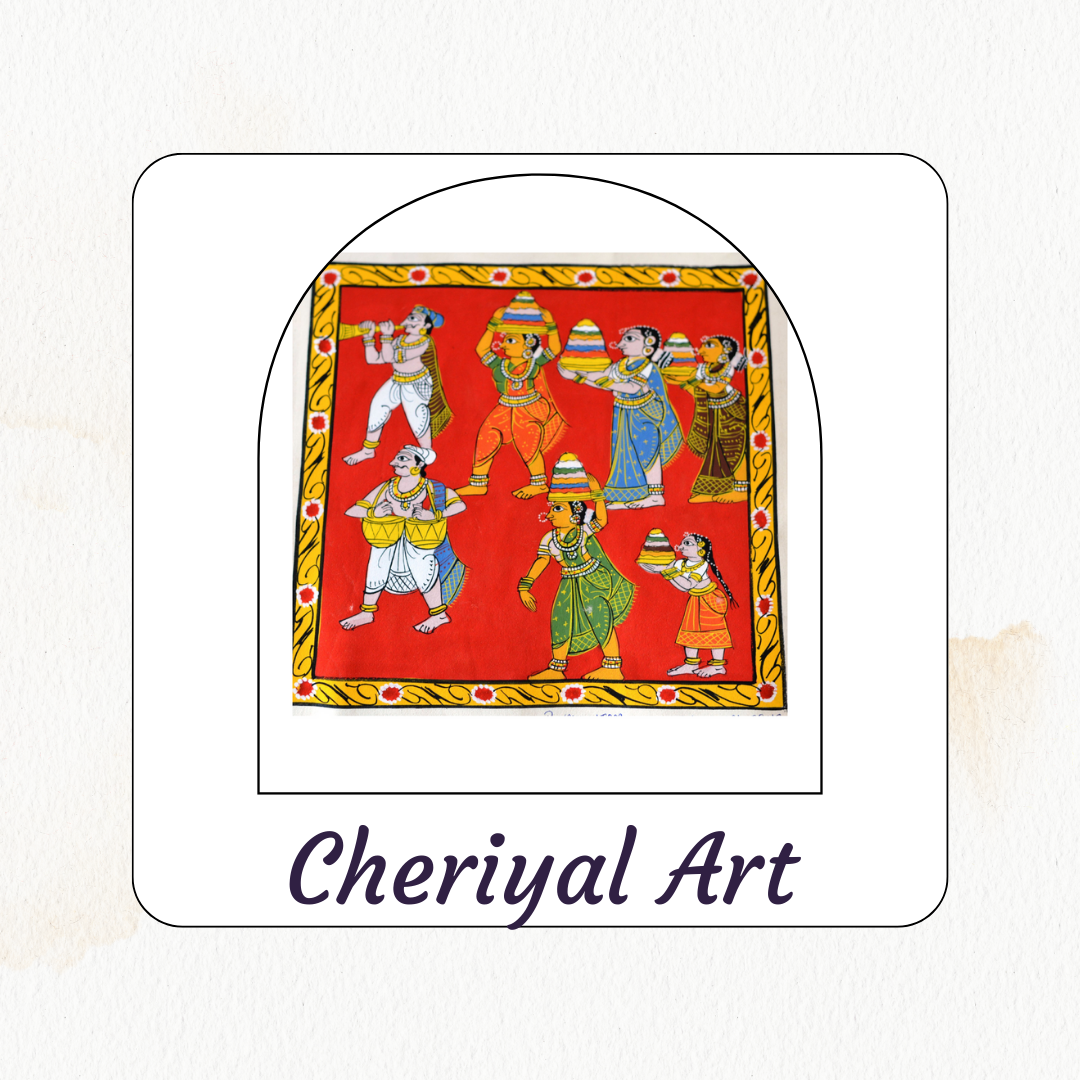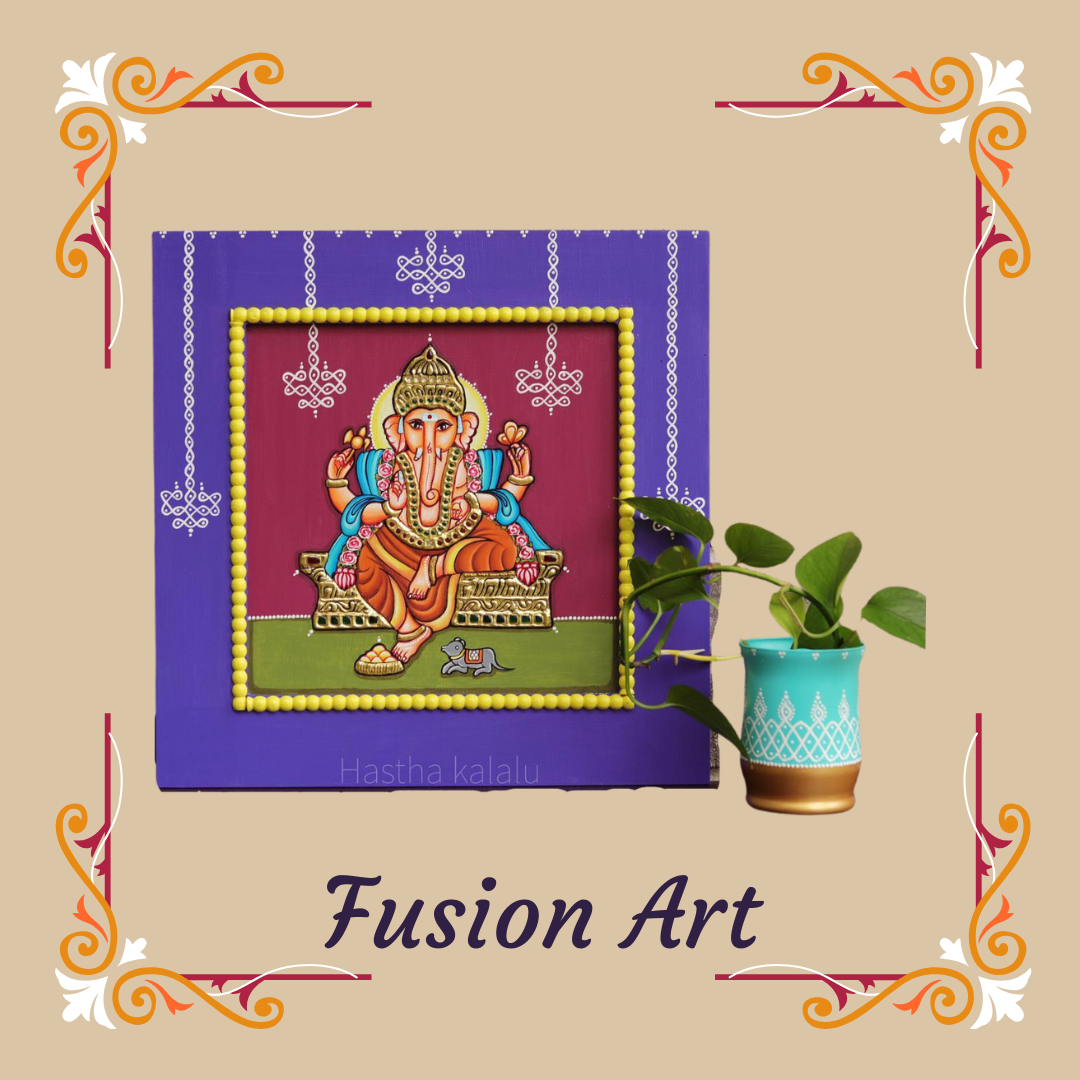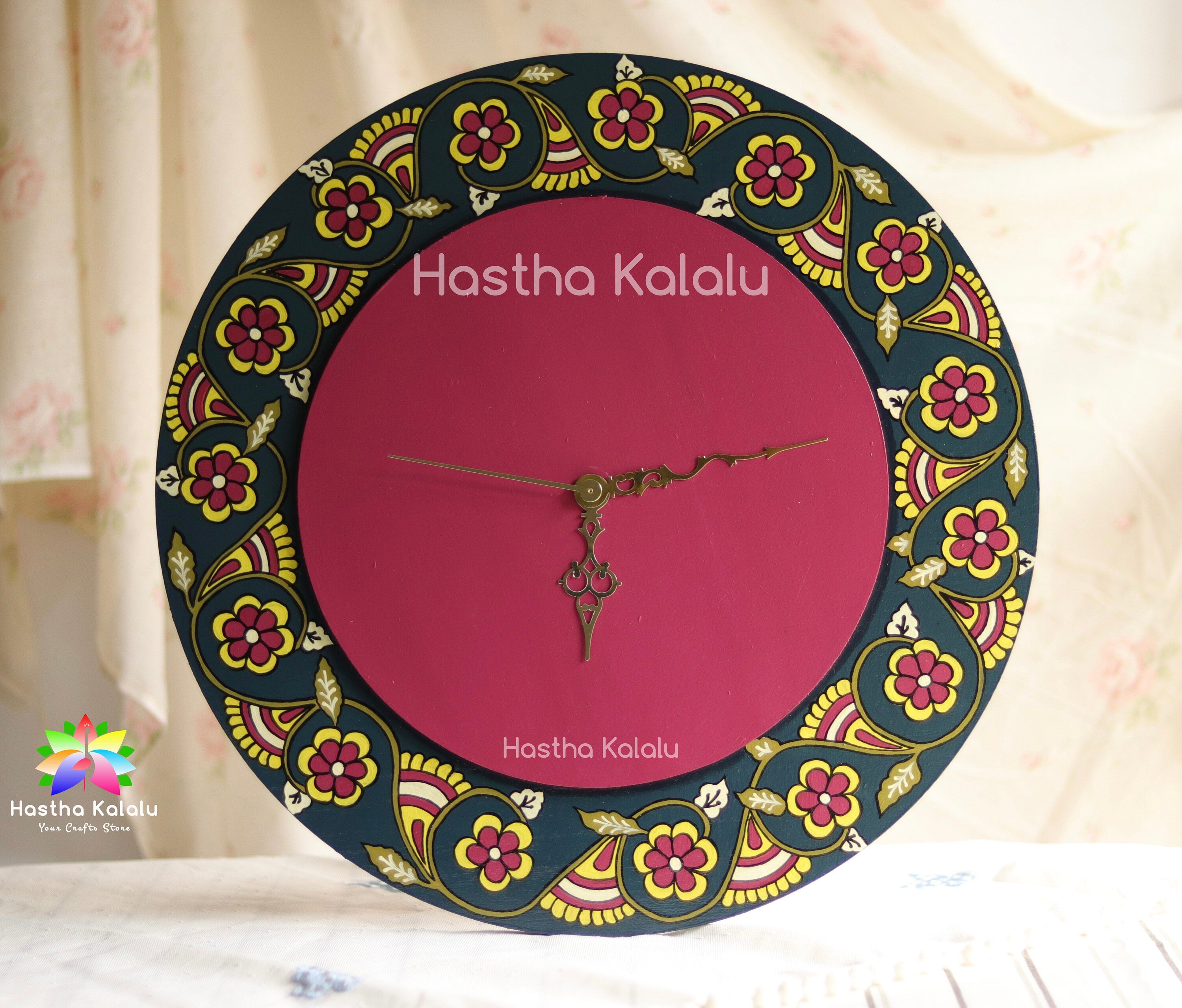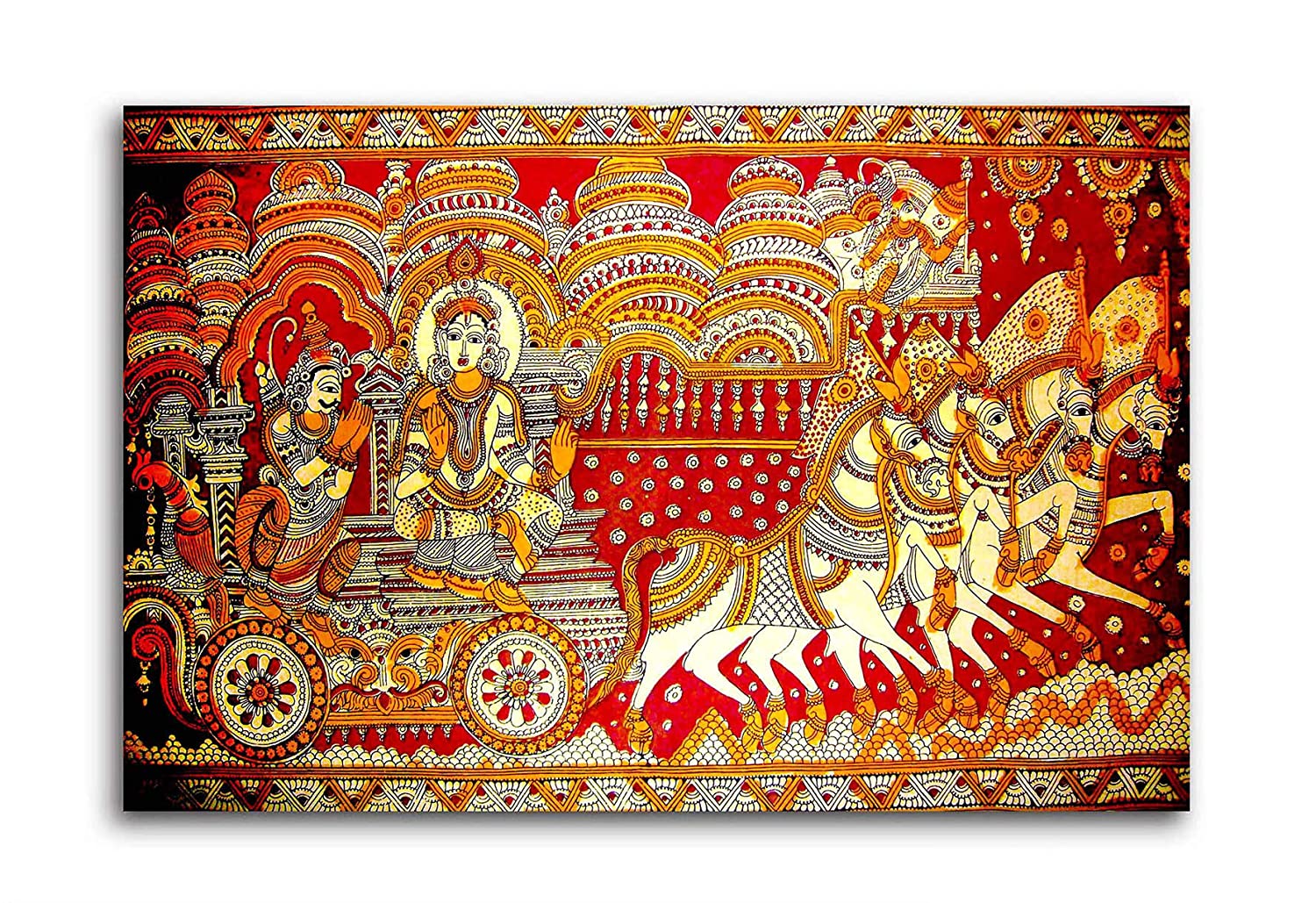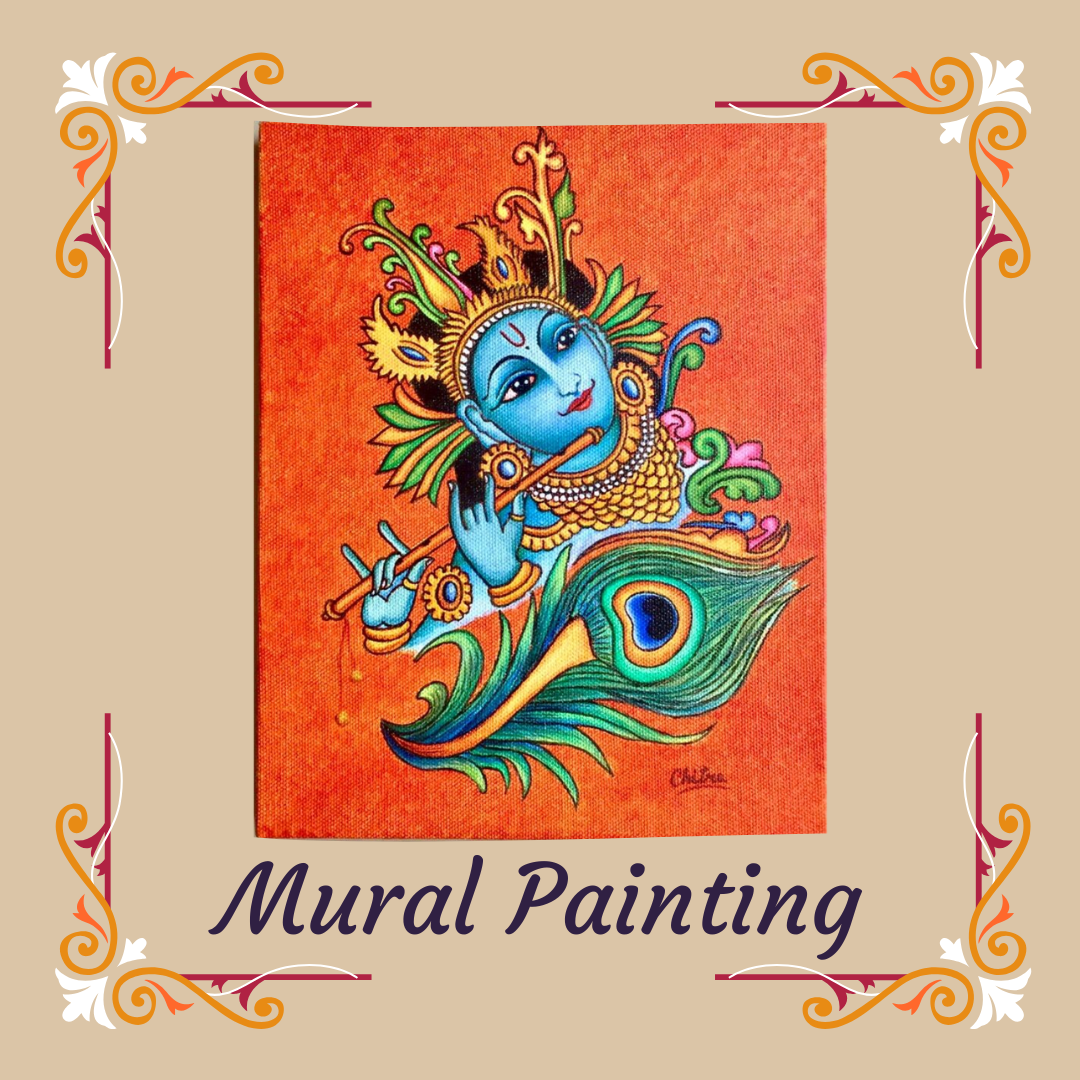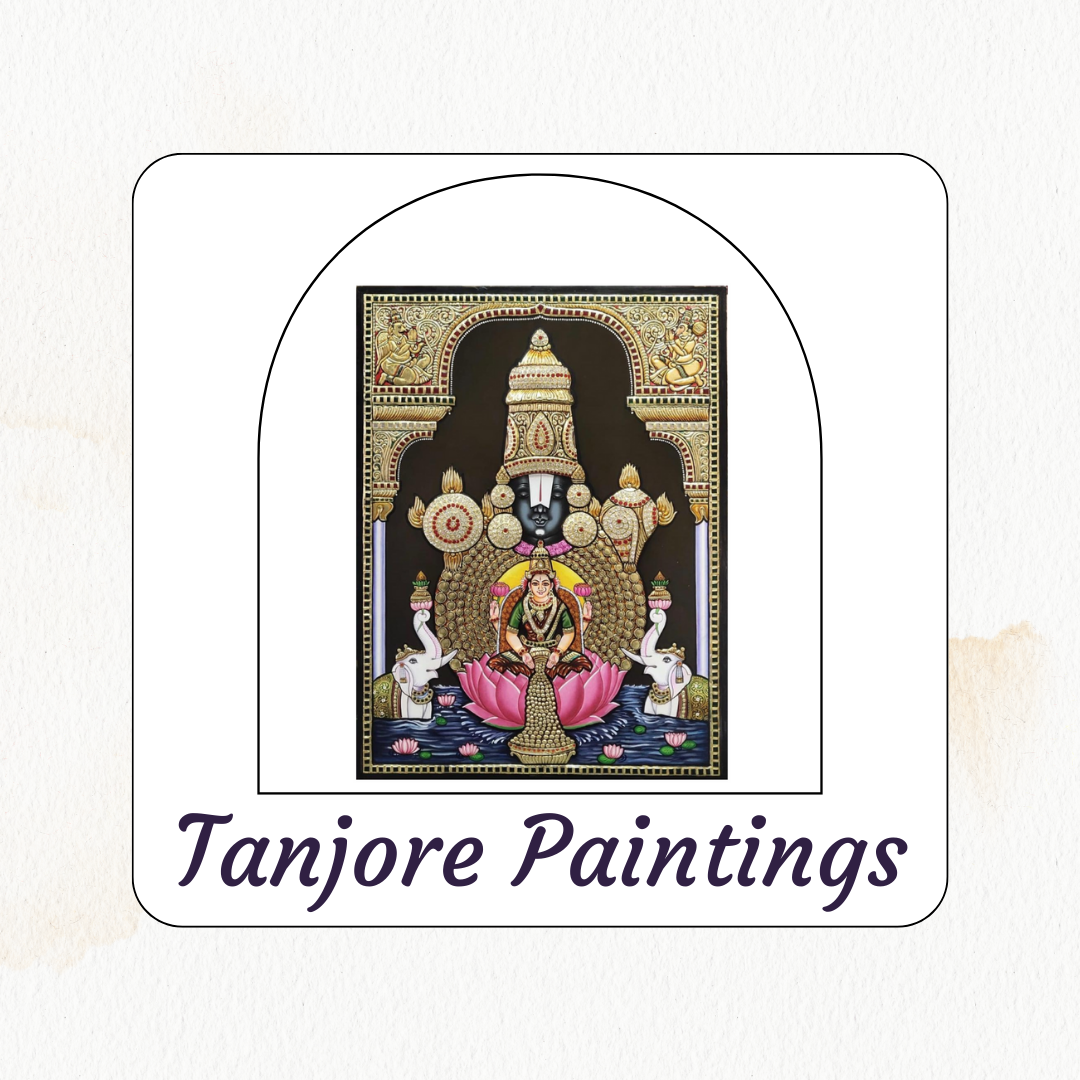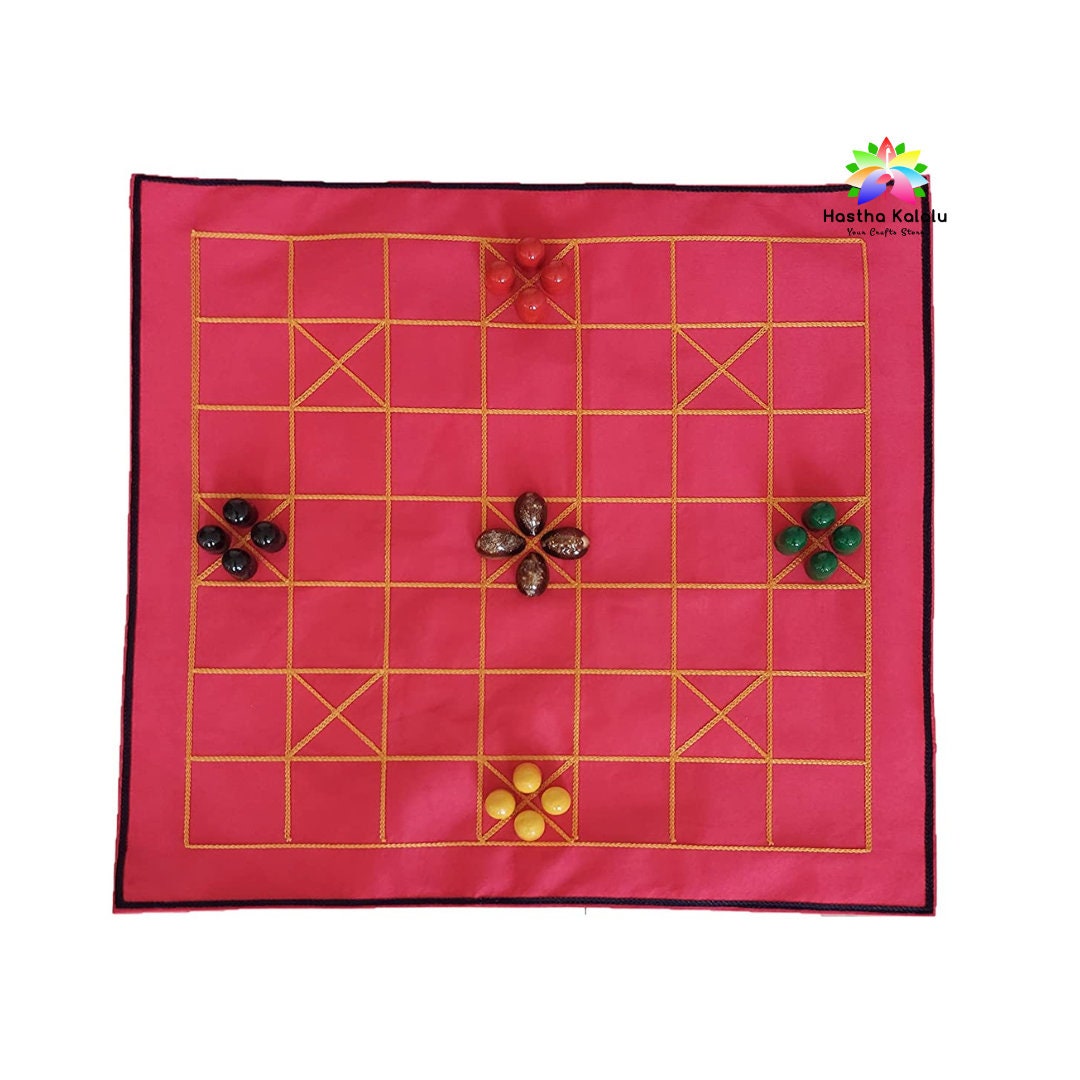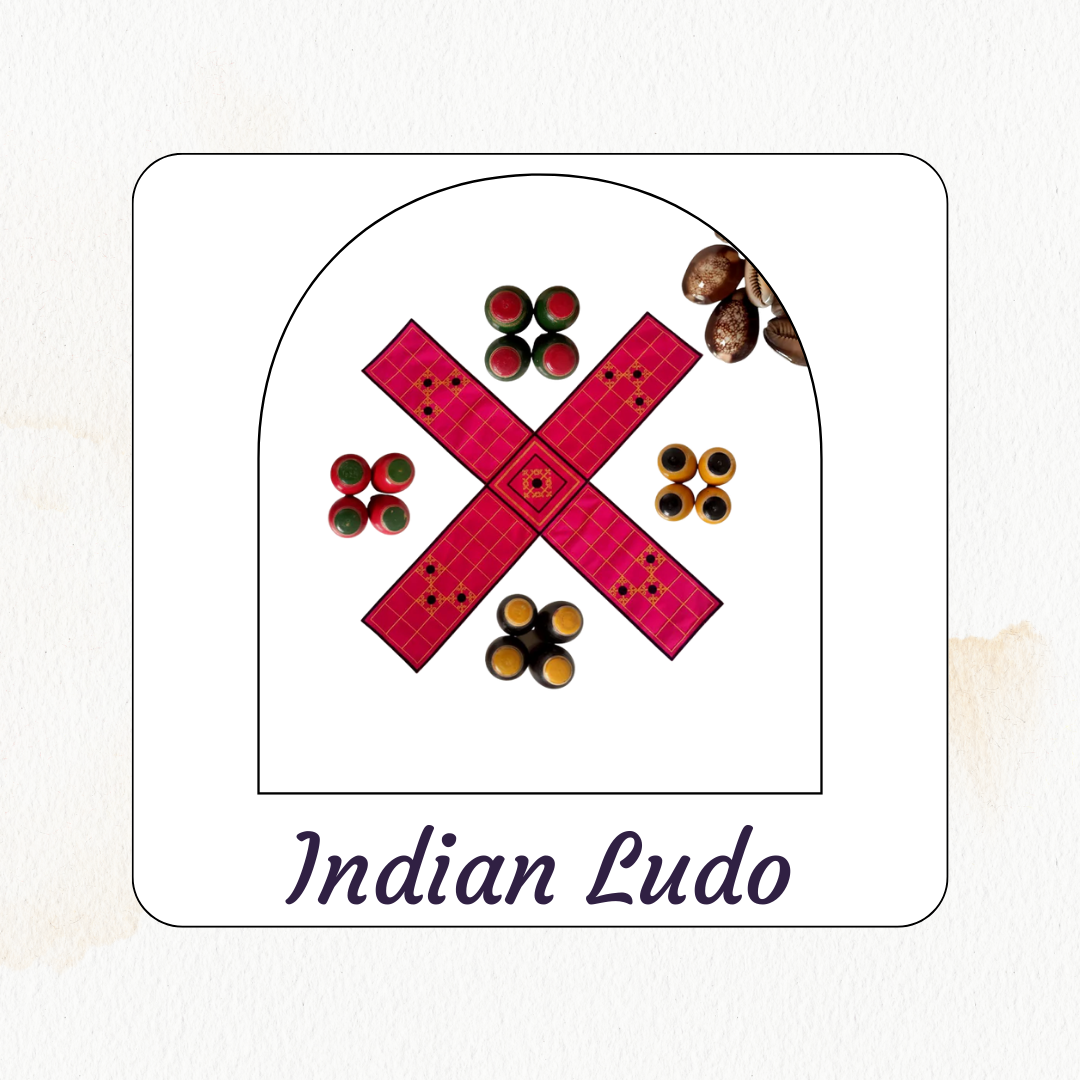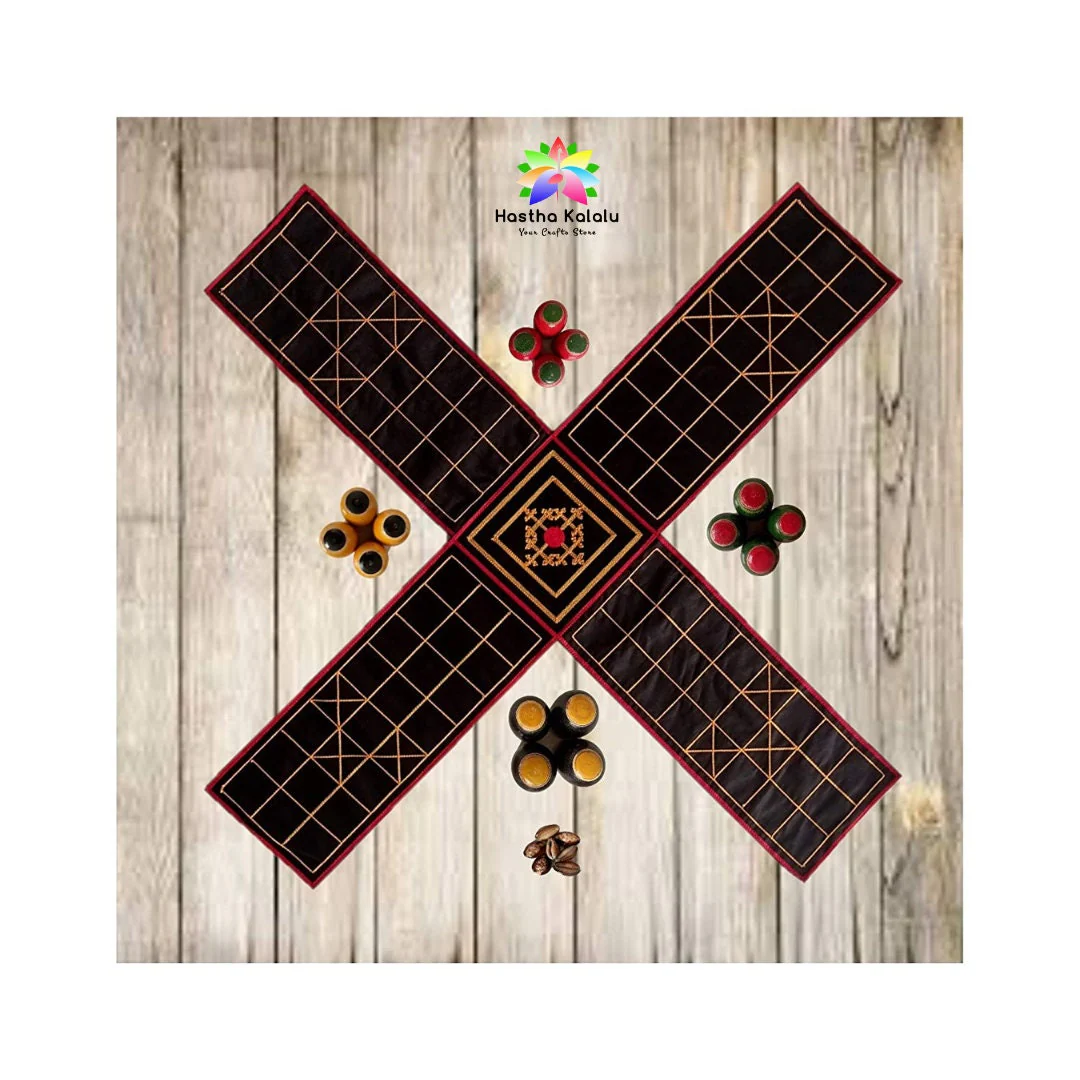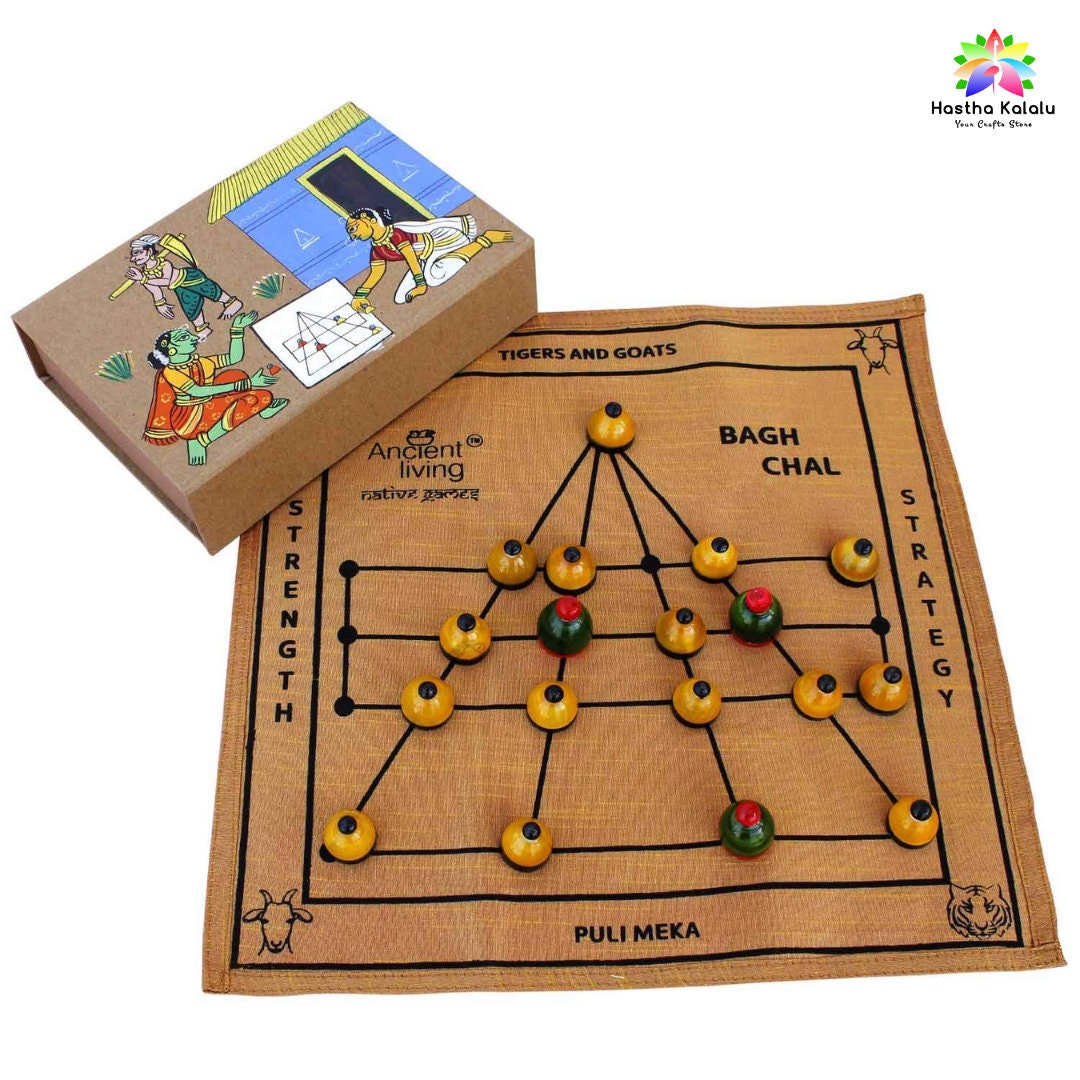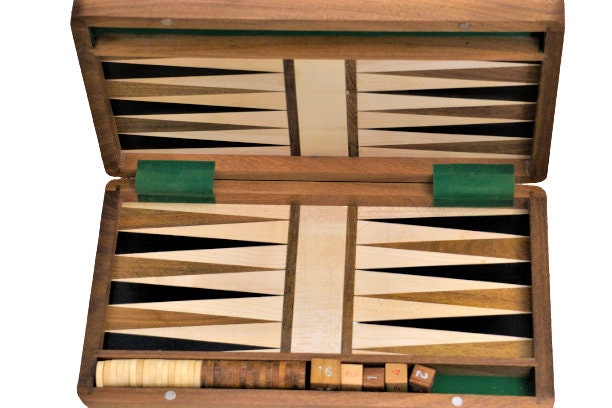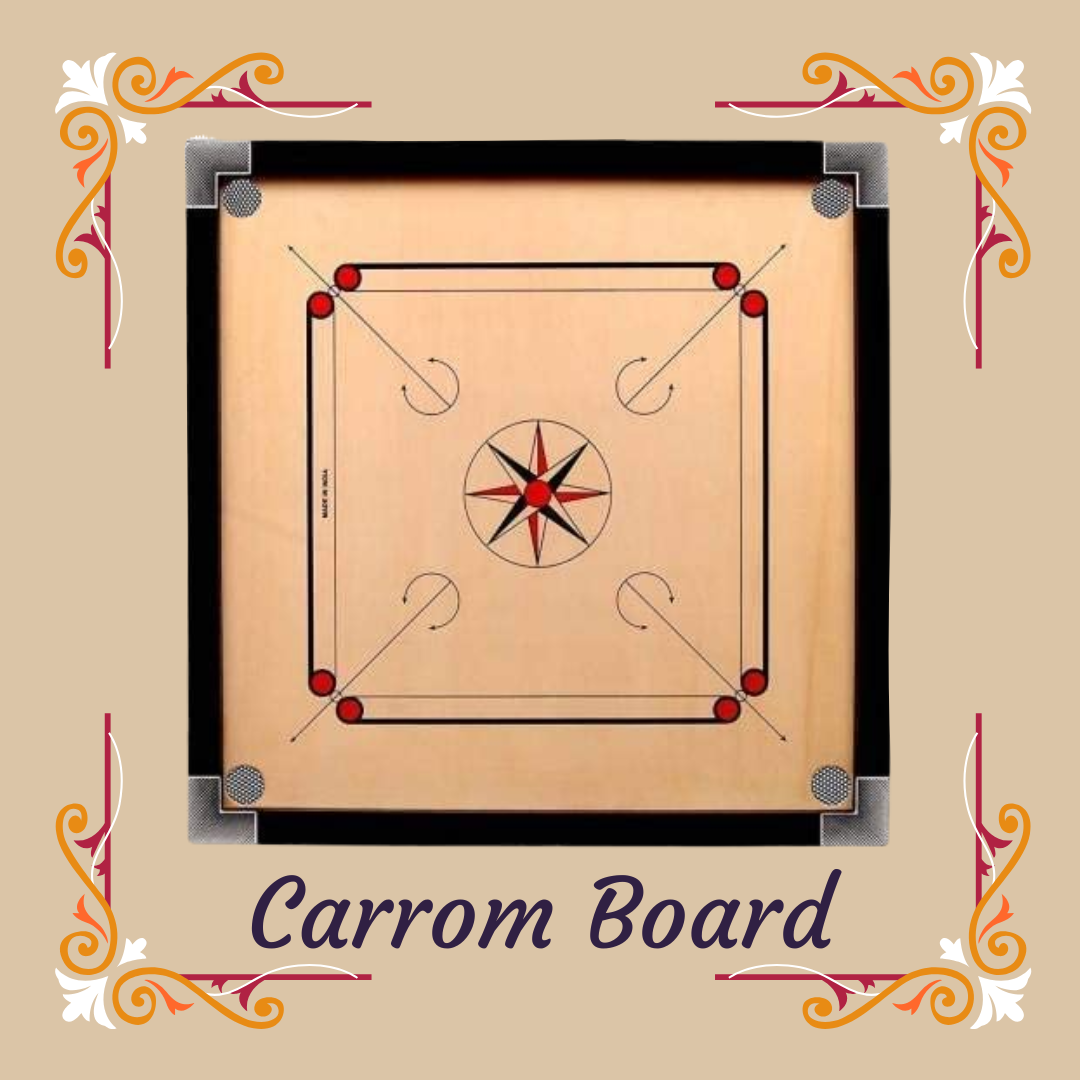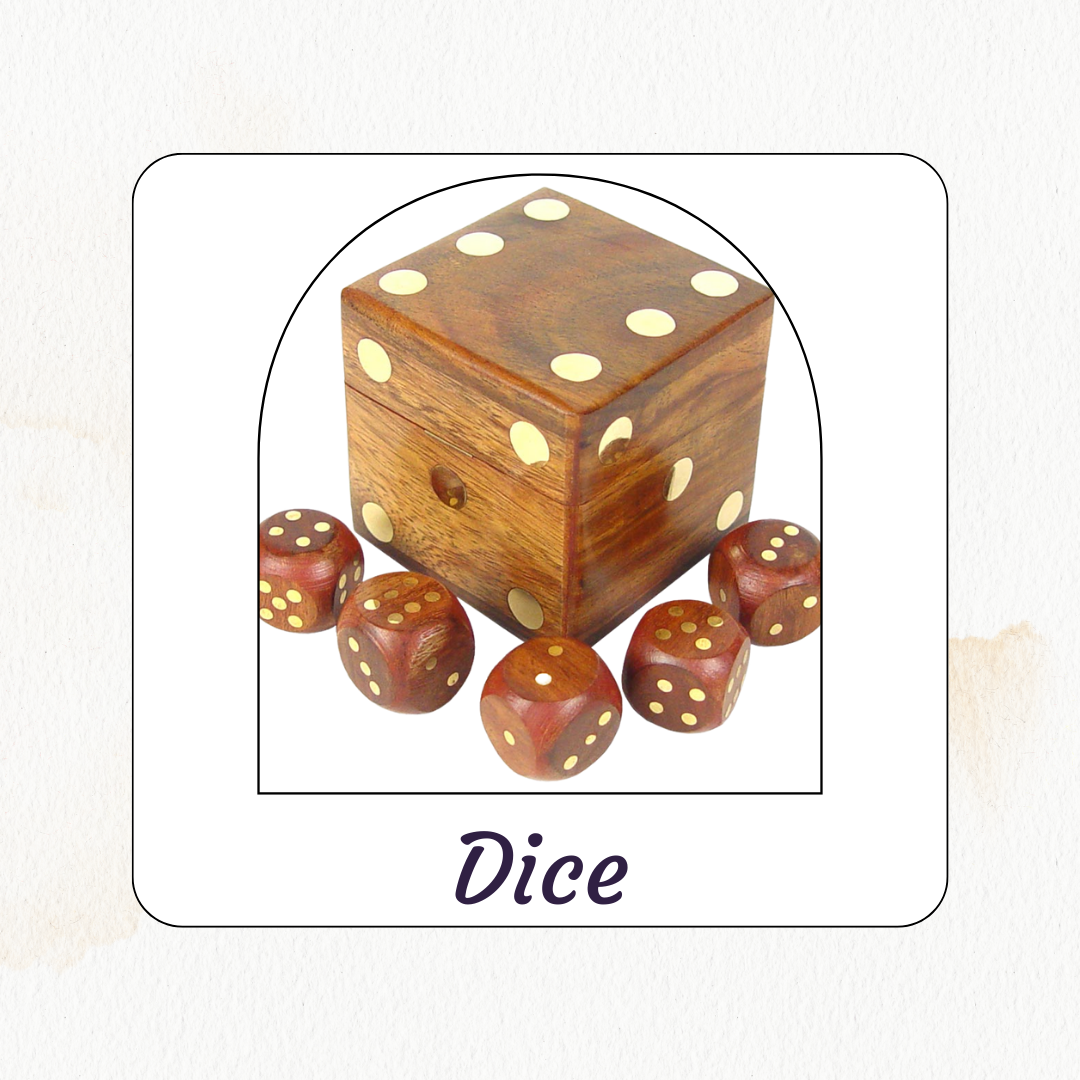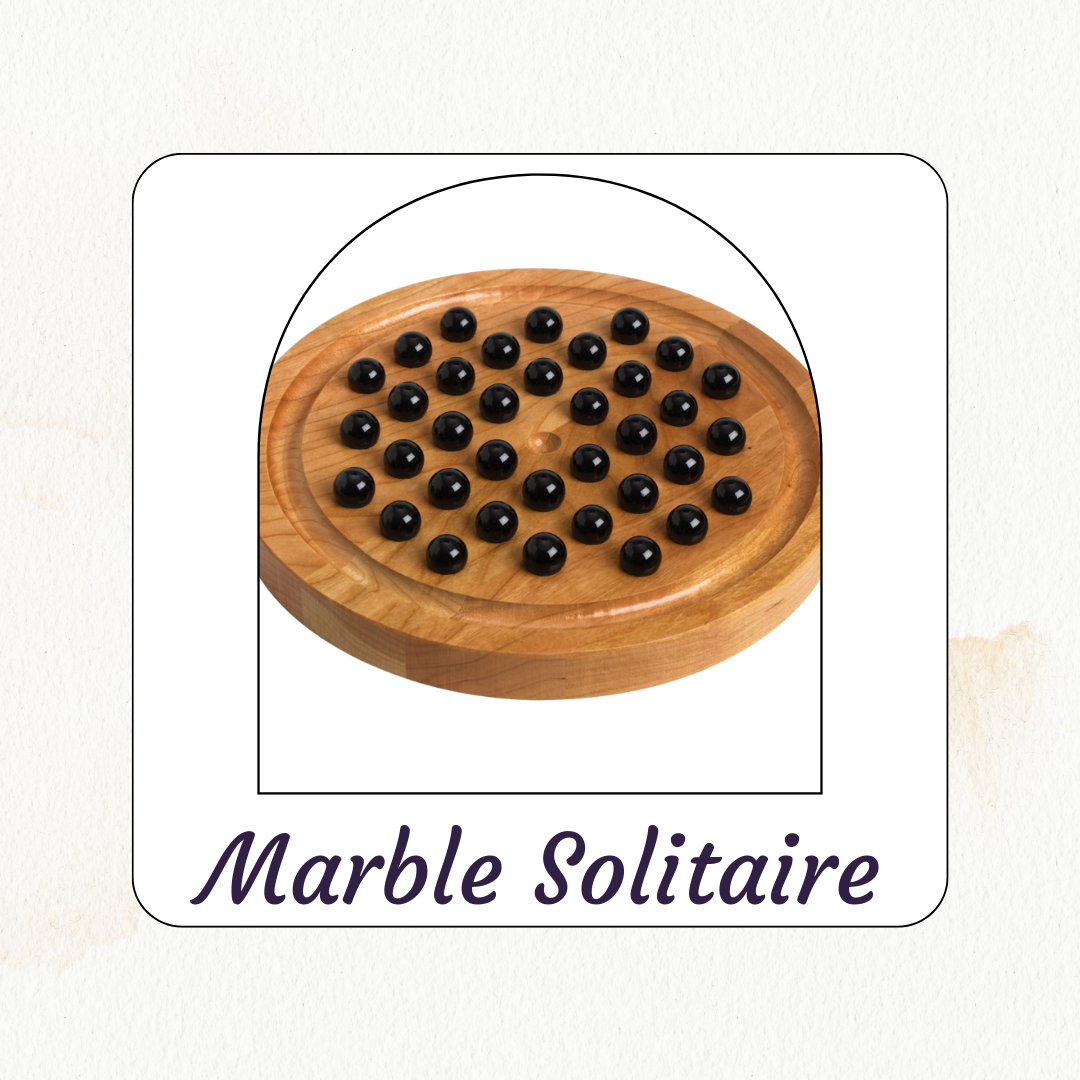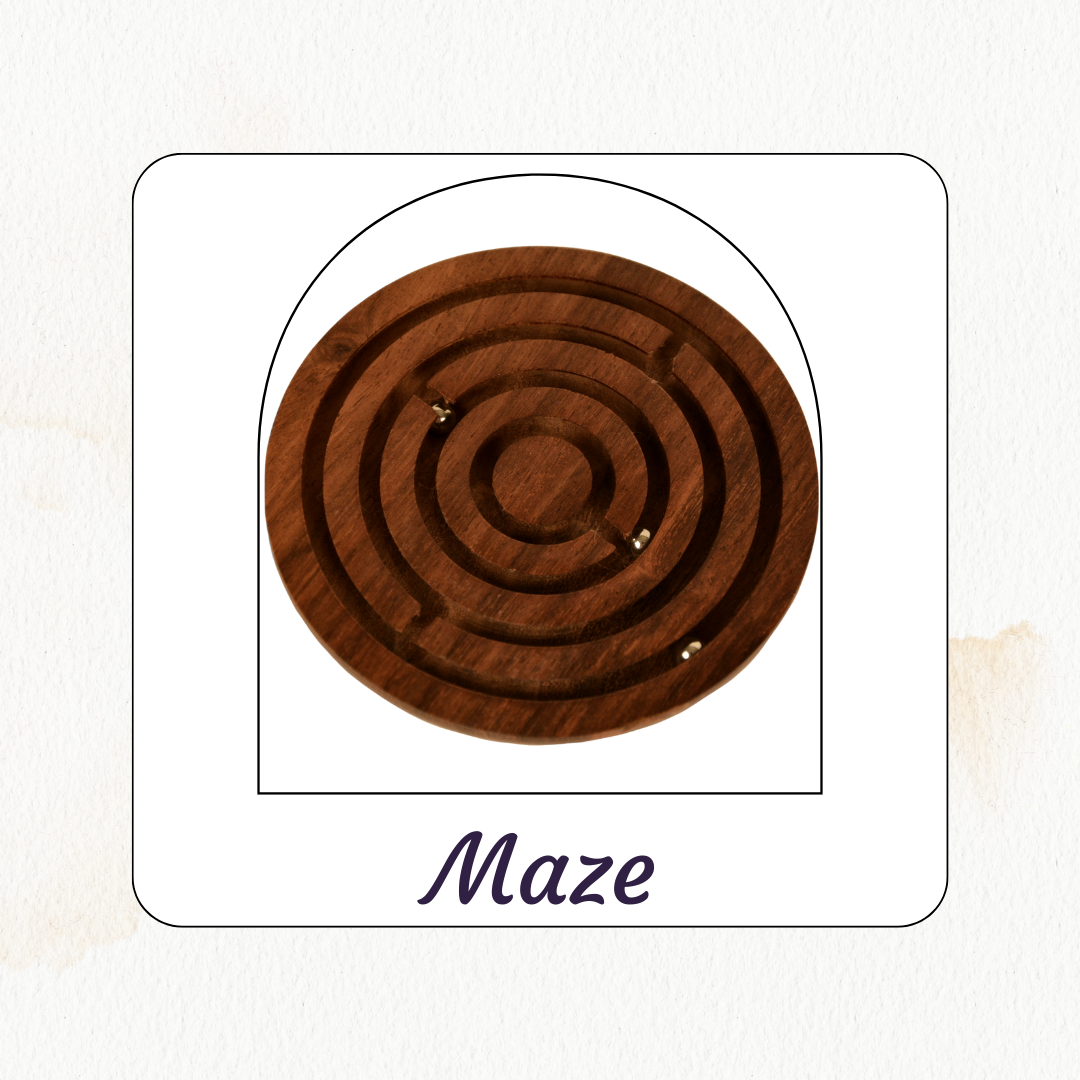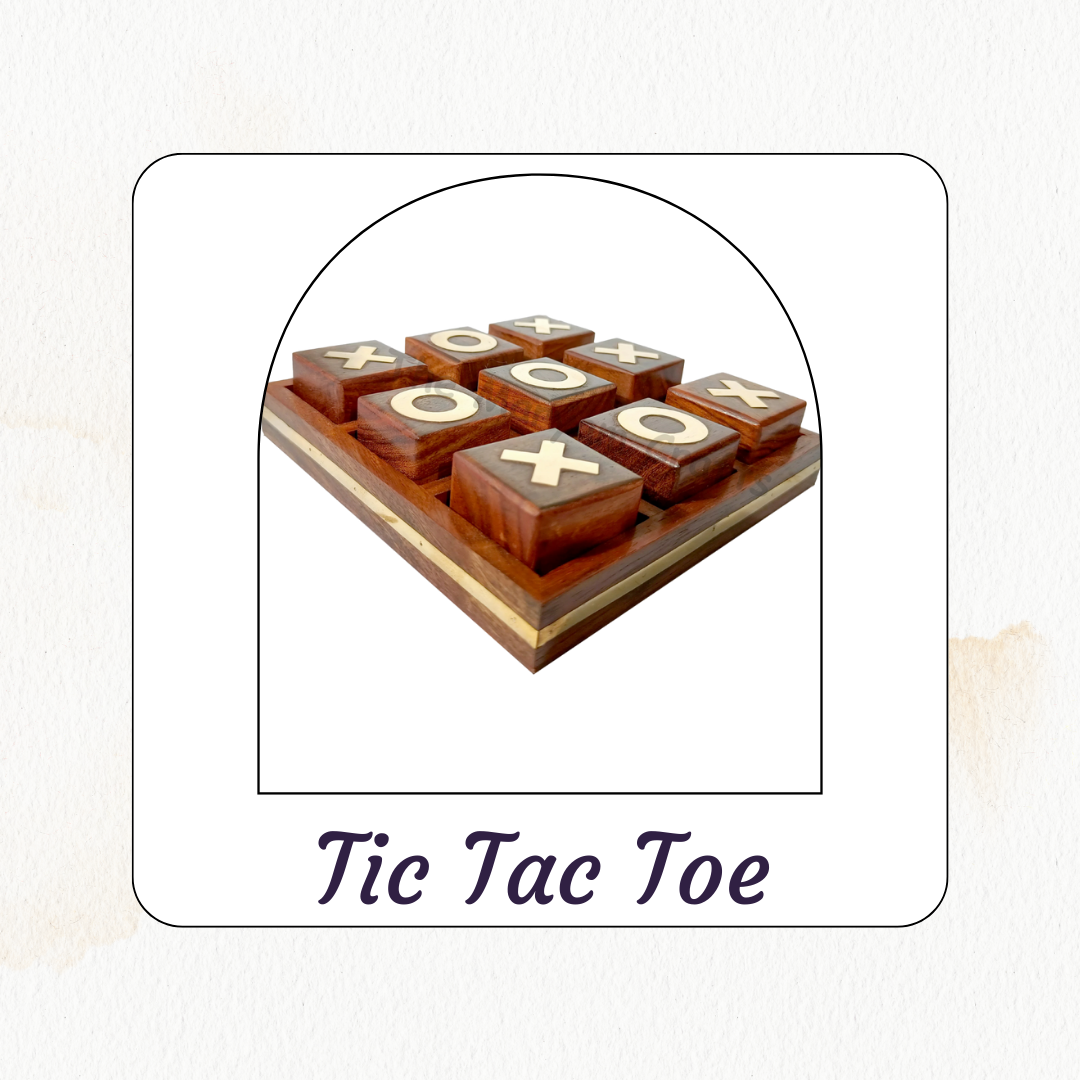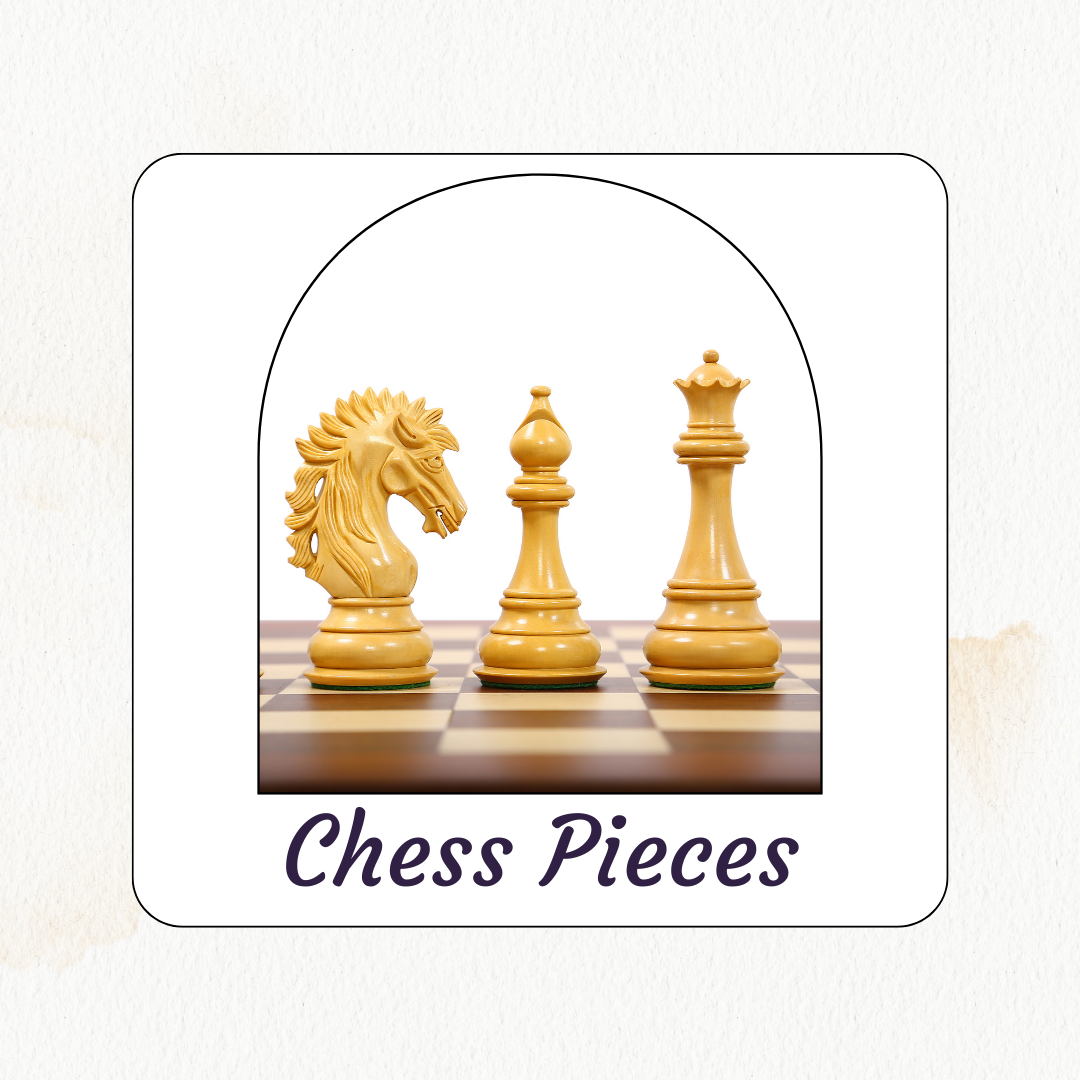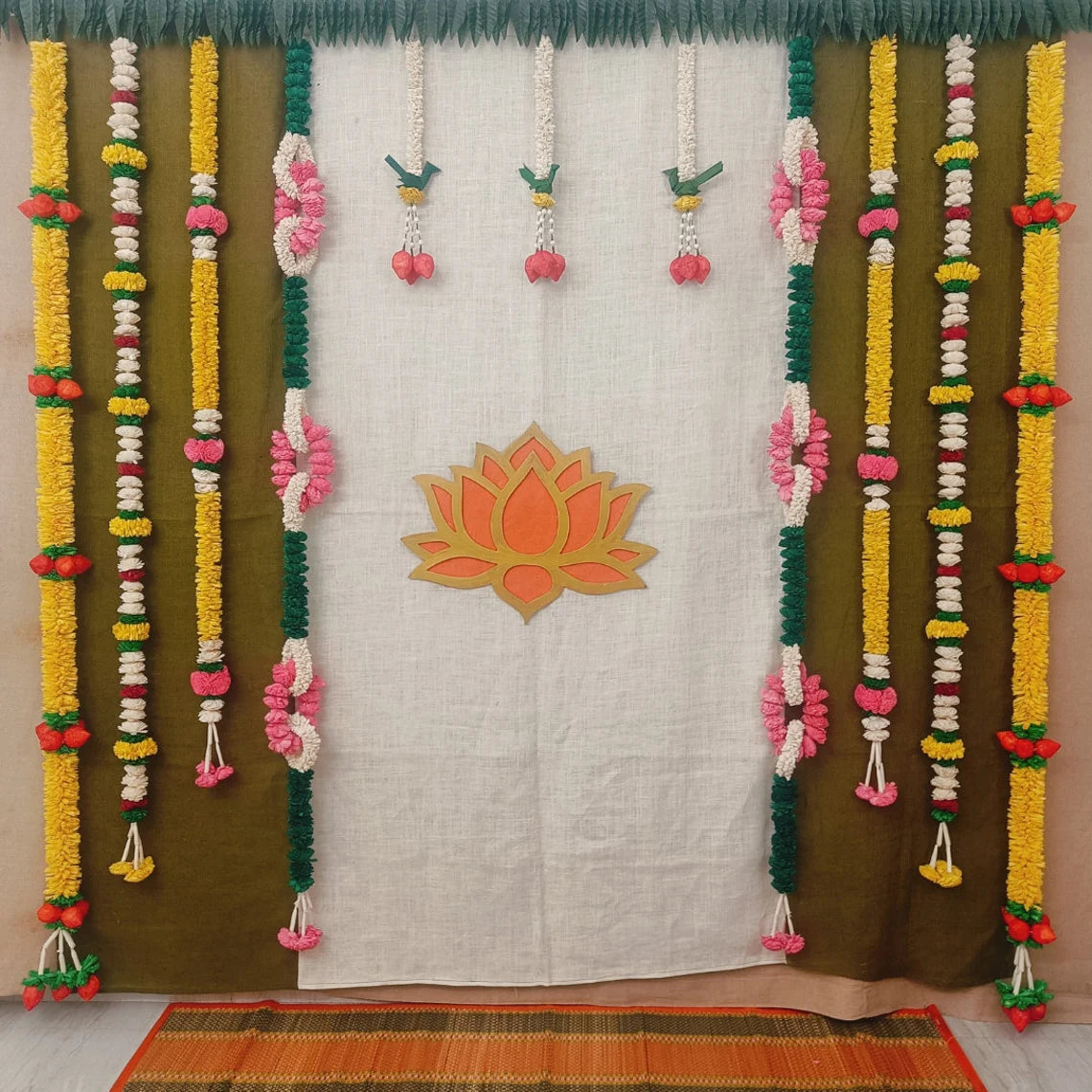Skip to product information
Description
Bright color courses through the tree of life, venerated by the people of Mithila. Kalpavriksha, the tree of life, also meaning "World Tree" finds mention in the Vedic scriptures. In the earliest account of the Samudra Mathan or "churning of the ocean of milk" Kalpavriksha emerged from the primal waters during the ocean churning process along with Kamadhenu, the divine cow that bestows all needs.
This is a handmade paper which is a mixture of cotton cloth and paper (60% clothing & 40% paper)
It’s no new finding that paintings and art often reflect the culture and tradition of the place from which they originate. They tend to be a reflection of the times in which the art was created. Rarely does an ancient art form become a reflection of modern times and issues? Yet a drive on Highway 52 of the Madhubani district or Ranti village in Bihar will tell you how Madhubani art that originated about 2500 years ago is still very much thriving. Not only that, it has managed to save an entire forest and put the spotlight on some very pressing women’s issues! Take a look at the history of Madhubani paintings and how they have evolved over the years.
A 2500-year-old folk art, the history of Madhubani paintings is said to date back to the time of Ramayana when king Janaka asked an artist to capture his daughter Sita’s wedding to Prince Rama. These paintings were usually created by women on walls and floors of homes during festivals, ceremonies, or special occasions. Having originated in the Mithila region in Bihar, this form of painting, also known as Mithila art, has been in practice in areas around Bihar and Nepal.
Mithila painting or Bhitti Chitra was discovered in 1934 when a massive earthquake hit Bihar. The British Colonial officer of Madhubani district, William G. Archer chanced upon these paintings in the interior walls of the homes while he was examining the damage caused by the quake.
What’s so special about Madhubani?
So how are these paintings made? Interestingly, Mithila or Madhubani paintings are done using fingers and twigs as well as matchsticks and pen nibs in the modern-day. Usually, bright colors are used in these paintings with an outline made from rice paste as its framework. There are rarely any blank spaces in these paintings. If there’s a border, it is embellished with geometric and floral patterns. Natural dyes are used for the paintings. For example, charcoal and soot for black, turmeric extract for yellow, red from sandalwood, blue from indigo, and so on.
Madhubani paintings are characterized by figures that have prominently outlined, bulging fish-like eyes and pointed noses. The themes of these paintings usually include natural elements like fish, parrot, elephant, turtle, sun, moon, bamboo tree, and lotus. Geometric patterns can also be seen in these pictures that often symbolize love, valor, devotion, fertility, and prosperity. This ancient art form has also been known to depict scenes of wedding rituals, religious rituals, and different cultural events such as festivals, from mythology like Ramayana.
Shipping Info
All orders placed before 12:00 PM (EST) will ship the same business day.
Orders will be delivered in
2-3 business days to the East Coast region
3-4 business days to the Central region and
4-5 business days to the West Coast region.
All available shipping methods will be listed on the checkout page to choose from.
Free Pick Up option is available from our warehouse at Middletown, DE and Pepperell, MA.
Some of our Brass products and return gifts are shipped from India. Please contact us at 1-617-299-1775 for more info.
Handmade Tree of Life/ Kalpavriksha (Made to Order)
Regular price
$49.99
Shipping calculated at checkout
- 9 X 24
- 15 X 30
- 22 x 30
- 24 x 32
Adding product to your cart
Description
Bright color courses through the tree of life, venerated by the people of Mithila. Kalpavriksha, the tree of life, also meaning "World Tree" finds mention in the Vedic scriptures. In the earliest account of the Samudra Mathan or "churning of the ocean of milk" Kalpavriksha emerged from the primal waters during the ocean churning process along with Kamadhenu, the divine cow that bestows all needs.
This is a handmade paper which is a mixture of cotton cloth and paper (60% clothing & 40% paper)
It’s no new finding that paintings and art often reflect the culture and tradition of the place from which they originate. They tend to be a reflection of the times in which the art was created. Rarely does an ancient art form become a reflection of modern times and issues? Yet a drive on Highway 52 of the Madhubani district or Ranti village in Bihar will tell you how Madhubani art that originated about 2500 years ago is still very much thriving. Not only that, it has managed to save an entire forest and put the spotlight on some very pressing women’s issues! Take a look at the history of Madhubani paintings and how they have evolved over the years.
A 2500-year-old folk art, the history of Madhubani paintings is said to date back to the time of Ramayana when king Janaka asked an artist to capture his daughter Sita’s wedding to Prince Rama. These paintings were usually created by women on walls and floors of homes during festivals, ceremonies, or special occasions. Having originated in the Mithila region in Bihar, this form of painting, also known as Mithila art, has been in practice in areas around Bihar and Nepal.
Mithila painting or Bhitti Chitra was discovered in 1934 when a massive earthquake hit Bihar. The British Colonial officer of Madhubani district, William G. Archer chanced upon these paintings in the interior walls of the homes while he was examining the damage caused by the quake.
What’s so special about Madhubani?
So how are these paintings made? Interestingly, Mithila or Madhubani paintings are done using fingers and twigs as well as matchsticks and pen nibs in the modern-day. Usually, bright colors are used in these paintings with an outline made from rice paste as its framework. There are rarely any blank spaces in these paintings. If there’s a border, it is embellished with geometric and floral patterns. Natural dyes are used for the paintings. For example, charcoal and soot for black, turmeric extract for yellow, red from sandalwood, blue from indigo, and so on.
Madhubani paintings are characterized by figures that have prominently outlined, bulging fish-like eyes and pointed noses. The themes of these paintings usually include natural elements like fish, parrot, elephant, turtle, sun, moon, bamboo tree, and lotus. Geometric patterns can also be seen in these pictures that often symbolize love, valor, devotion, fertility, and prosperity. This ancient art form has also been known to depict scenes of wedding rituals, religious rituals, and different cultural events such as festivals, from mythology like Ramayana.
Shipping Info
All orders placed before 12:00 PM (EST) will ship the same business day.
Orders will be delivered in
2-3 business days to the East Coast region
3-4 business days to the Central region and
4-5 business days to the West Coast region.
All available shipping methods will be listed on the checkout page to choose from.
Free Pick Up option is available from our warehouse at Middletown, DE and Pepperell, MA.
Some of our Brass products and return gifts are shipped from India. Please contact us at 1-617-299-1775 for more info.

Handmade Tree of Life/ Kalpavriksha (Made to Order)
Regular price
$49.99
We source from Real Artisans
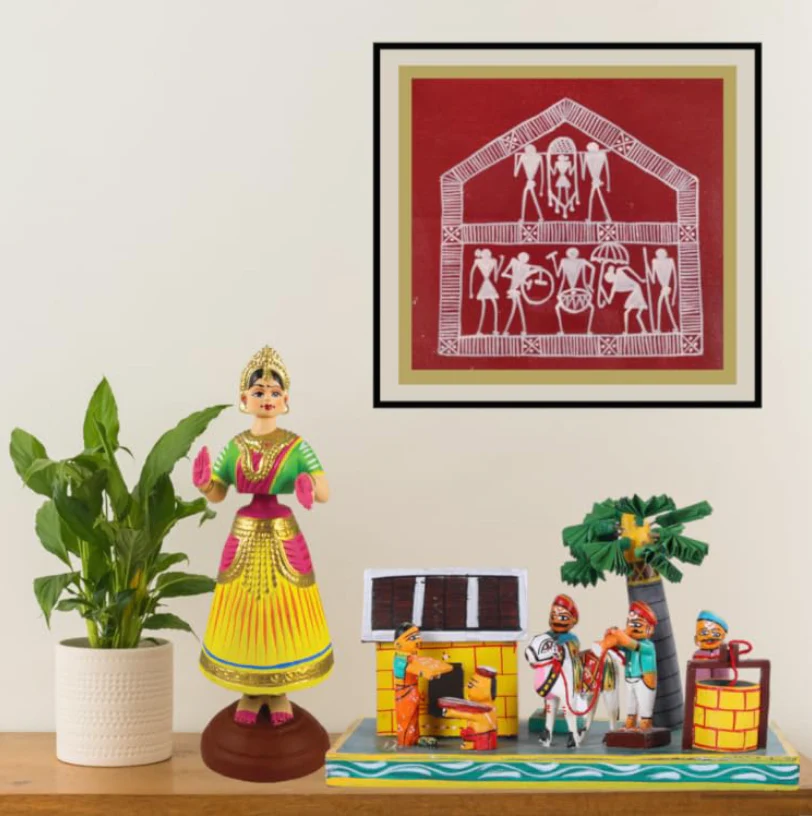
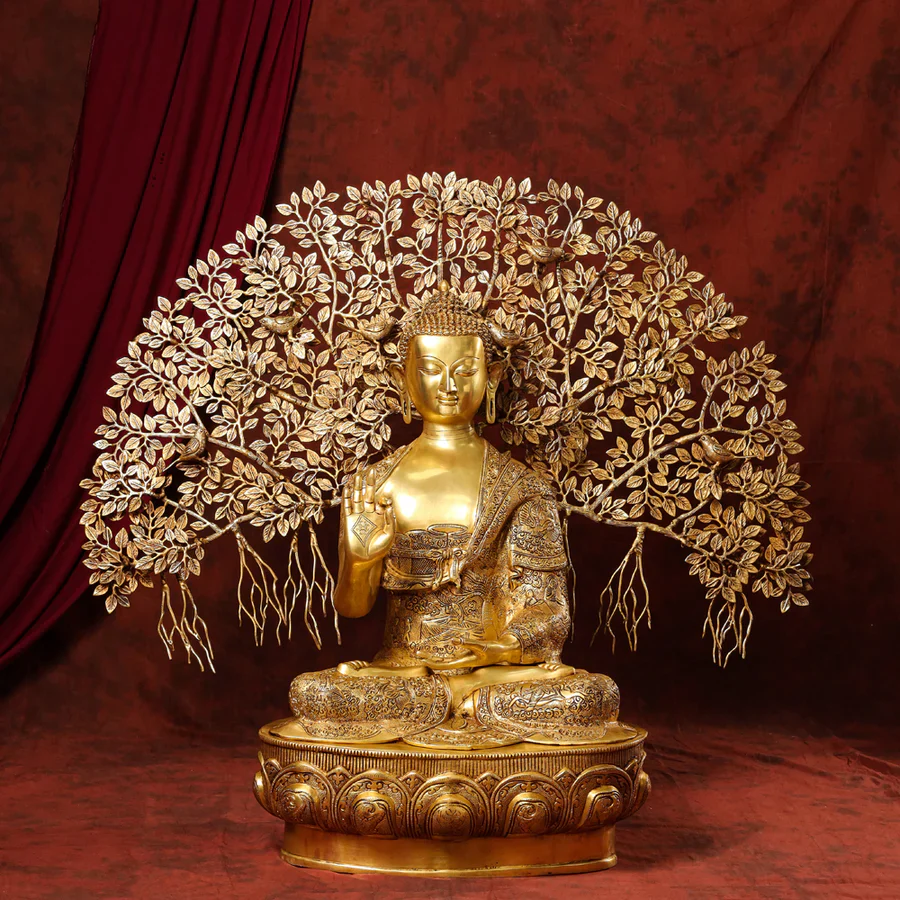
Creative Living: Discover unique and handcrafted products to add warmth and personality to your beloved Home & Events


Return Gifts
Return Gifts
Unique Collection at best price!
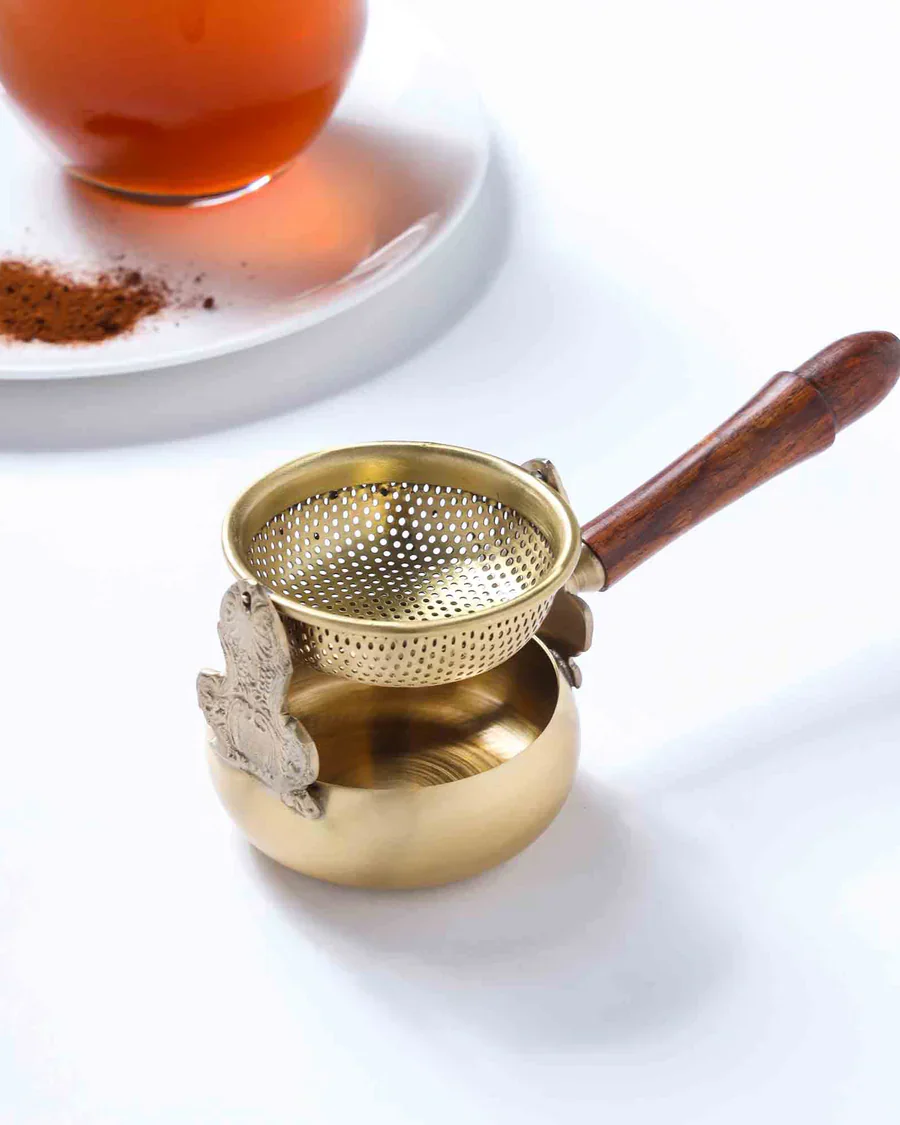

Home & Living
Home & Living
Kitchen Utility
Why Shop with Us?
Women Artisans & Women Led
90% of the artisans are women and company led by Women.
Unique Crafts for Gifting
Return Gifts Can't Get Any Better We Take Bulk Orders. Call/ WhatsApp at +1-617-299-1775
Comprehensive Collection
3000+ Products & 50+ Artforms Sourced from Artisans, Handmade with sustainable Material
Our Wide Presence
We are located in Boston, MA; Middletown, DE; Piscataway, NJ; Cumming, GA

